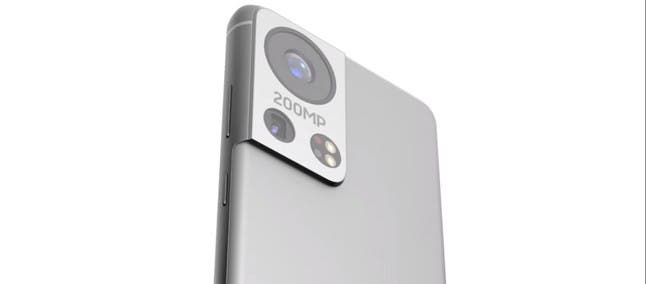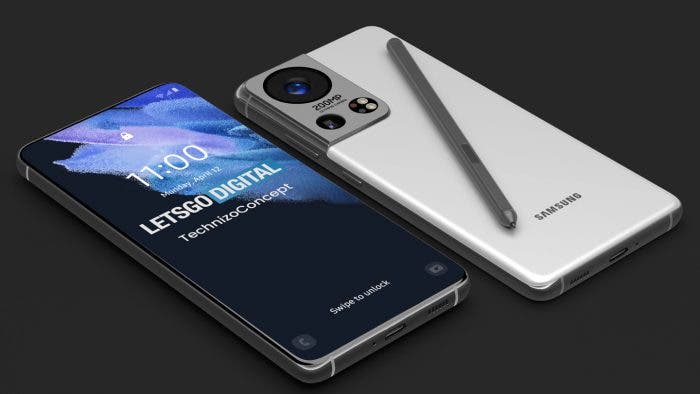When Samsung launched its Galaxy S21 series in January, a particular rumor was confirmed – The company removed the 3D ToF sensor. This sensor has been present on recent high-end releases such as the Galaxy S10 5G and the Galaxy S20 Ultra. The latter had huge issues with the auto-focus, and Samsung decided to revamp its auto-focus system. The company ditched the 3D ToF sensor in favor of a simple Laser Auto Focus system within the Galaxy Note20 Ultra. Since the change didn’t negatively impact user experience, the company decided to stick with the new approach. The Galaxy S21 series lacked and the Galaxy S22 will follow.
According to industry insiders, Samsung thought about bringing the ToF sensor back after Apple included one on the iPhone 12 Pro. However, after consideration and checking consumer feedback, the company decided to stick with the Laser Auto-Focus system. Apparently, users are pretty much satisfied with the company’s simples solution. This wasn’t exactly the case of the Galaxy S20 Ultra which suffered from severe auto-focus issues. With the Galaxy S22 Ultra, the company will likely stick with the same Laser AF but will bring improvements in other departments.

Samsung Vizion 33D ToF sensor will not mark presence on the Galaxy S22 series
However, the change will impact Samsung LSI, which introduced its first ToF sensor, the Vizion 33D. This particular branch was expecting to receive a huge order for sensors. Now, Samsung LSI will need to focus on Chinese smartphone makers as other possible buyers. The company still needs to trail a long path to reach Sony. The Japanese firm is the leader in the segment and currently ships sensors for Apple’s iPhones and iPads. It’s also present on a multitude of devices from other customers. A Samsung Galaxy S22 with Vizion 33D would be a great way to boost Samsung’s LSI shipments. For now, however, the company will need to find another route.
For those unaware, a ToF sensor measures the distance to objects to create a depth map. In contrast, the Laser Auto Focus is more like a single “Pixel”, that can only help with autofocus. However, companies can still use depth sensors to create this depth map.
The Galaxy S22 is expected to hit the market in the first quarter of 2021. The company may stick with the January schedule, especially when reports indicate that the Galaxy Note series is canceled due to the chipset shortage. Of course, it may change in the coming months. As far as the Galaxy S22 is concerned, it may still bring an impressive setup that will count on Olympus’s help.





